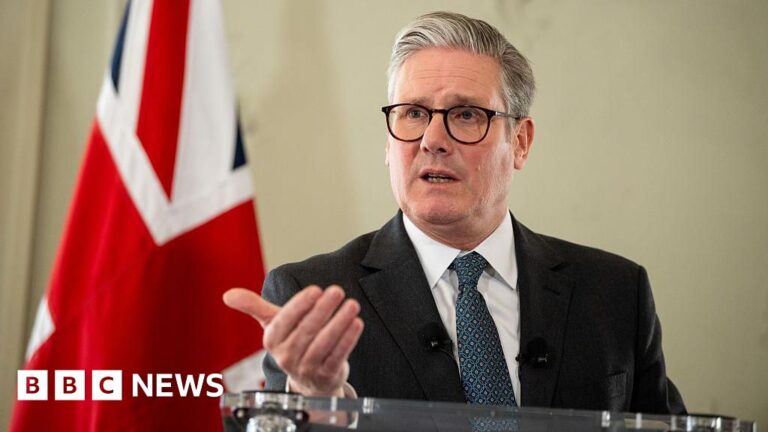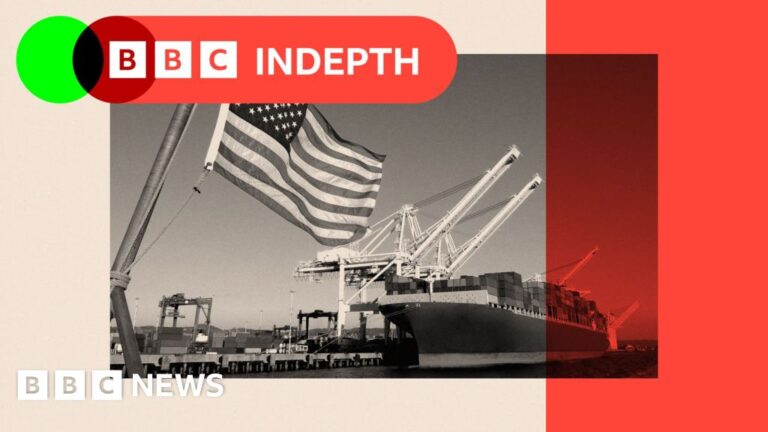Here is the plain text result:
Behind President Trump’s decision to hit some of America’s largest trading partners with stiff tariffs is his fixation on the trade deficit that the United States runs with other nations. But many economists say that is a poor metric for judging the quality of a trade relationship.
The steep tariffs, which went into effect on nearly 60 trading partners on Wednesday, were calculated based on bilateral trade deficits, or the gap between what the United States sells to each country and what it buys.
Mr. Trump has long viewed that gap as evidence that America is being “ripped off” by other countries. He argues that other countries’ unfair behavior has made trade so skewed and that the United States needs to be able to manufacture more of what it consumes. But economists argue this is a flawed way to approach the issue, given that bilateral trade deficits crop up for many reasons beyond unfair practices.
Some economists do agree with the Trump administration that America’s overall trade deficit with the rest of the world reflects a problem for the U.S. economy, because the United States is so dependent on manufacturing elsewhere, including in China. But others don’t see it as an issue. And nearly all economists say that focusing on imbalances from country to country can be highly misleading.
Last year, for example, the United States ran bilateral trade surpluses with 116 countries globally. It ran bilateral trade deficits with 114 countries, according to World Bank data.
The United States also has substantial trade surpluses with the Netherlands and Singapore, Mr. Klein pointed out. But that’s not because Dutch and Singaporean people consume so many more American products than other nations.
It’s because those countries are home to major ports that import American goods. The Netherlands unloads U.S. goods in its ports and sends them throughout Europe to other consumers, while Singapore does something similar for Asia. But a trade deficit is calculated based on the country the good reaches first, not its ultimate destination.
Economists have also criticized Mr. Trump’s tariffs for targeting all foreign trade flows indiscriminately, without regard for how strategic the good is to the United States or even whether the country can actually make it.
Mr. Trump’s focus on bilateral trade deficits has meant that even close U.S. allies like Canada, Mexico and Europe are considered enemies when it comes to trade, because they sell the United States more than they buy.
Switzerland also ended up with high tariffs, in part because the country exports a lot of gold to the United States, as did tiny Lesotho, where the average annual income is $3,500. Lesotho received preferential trade treatment under legislation passed in 2000 and now makes bluejeans for Americans.
The Trump administration is probably right that, in some cases, barriers to trade that foreign countries set up have lowered the amount that the United States exports to those places and exacerbated trade deficits.
And many countries, particularly in Asia, have subsidized their manufacturing industries in ways that allow them to sell goods at much lower prices, making U.S. production of the same goods uneconomical and causing U.S. trade deficits with those countries to balloon.
Michael Pettis, a professor of finance at Peking University in Beijing who studies the topic, said the new tariffs might reroute the way trade moves through certain countries, but still not do much to change the size of the overall trade deficit the United States runs with the world.
They’re focusing on the wrong problem, bilateral deficits, Mr. Pettis said.
Mr. Pettis sees the overall trade deficit that the United States runs with the world as a problem for the American economy because it means that U.S. consumer demand for goods supports manufacturing activity elsewhere, like in China, rather than in the United States.
But he insists that the trade imbalances the United States has individually with other countries are not always reflective of that problem, and that tariffs won’t necessarily do much to fix it.
In his view, government policies in countries like China, Germany, South Korea and Taiwan are driving major trade surpluses. Because every trade surplus needs a deficit to balance it, that ends up inflating the U.S. trade deficit. Without bigger economic changes in China and other countries, these problems will still persist, he argues.
There is a serious problem, we’re not seeing the best solution to that problem.
Source link




